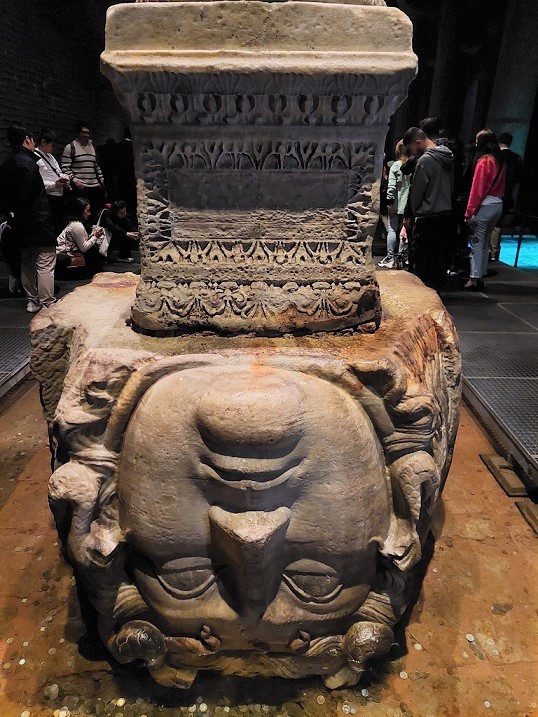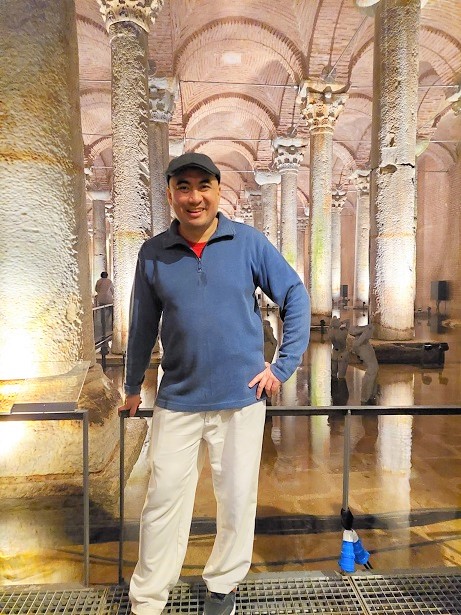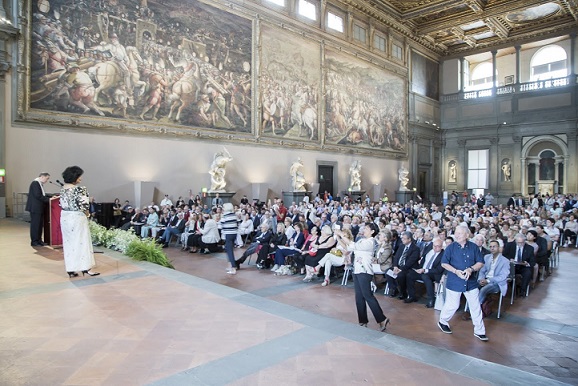Basilica Cistern: Istanbul’s greatest archaeological legacy

By Wendell Gaa
When my parents and I first visited Istanbul in 2014, my father, the late Ambassador Willy C. Gaa, had considered this amazing city one of his personal favorite destinations of all time. It was not hard to understand why, for this cosmopolitan Turkish urban center has been a hub for many great historic empires, from the Greeks, Romans, Byzantines to the Ottomans, and not to mention it is home to some of the tastiest cuisine I have ever gorged on.
We had the chance to see up close Istanbul’s highlight sites such as the Hagia Sophia Grand Mosque and the Blue Mosque, and we even took time to ride on a ferry cruise through the city’s scenic Bosporus Straight. Despite the quality sightseeing we did, alas we lacked sufficient time to explore the rest of Istanbul’s attractions. In what is now in hindsight a premonition, my mother had consoled me that I may one day return to this lovely land of Turkey (now called Türkiye) for my next diplomatic assignment. True enough, those words became a reality now that I have been posted with the Philippine Embassy in the Turkish capital of Ankara for the past two years now!
In my recent visit to Istanbul, I finally got to venture through the city’s most unique archaeological site, the underground Basilica Cistern, the largest of its kind throughout Istanbul. I had heard so much entrancing tales of the experiences of others who had visited the Cistern, and I thereby prioritized seeing it for myself high on my traveling bucket list. My intuition sensed that the Cistern’s popular reputation amongst travelers to Istanbul could possibly mean long lines and even sold-out entry tickets. I therefore reserved a guided tour ticket online, which true enough turned out to be the smart thing as the entrance queue to this subterranean wonder turned out to be quite long and steadily growing.


We soon met our warm and affable local Turkish guide who led us through a dark hallway entrance leading to a staircase where we descended underground to the Cistern. As soon as we arrived at the bottom, the wondrous sight of the enormous cistern columns above the waters no longer became just a TV or postcard image to me.
Our guide narrated to us how the Basilica Cistern was said to have been built in the 6th Century AD during the reign of the Byzantine Emperor Justinian I. It served its purpose effectively to city life as it provided a water filtration system for the town populace, especially the patrician upper class. As we were walking along the stone pathways atop the flowing waters on the floor, fascinatingly enough, we were told that centuries ago, the water levels were much higher and closer to the present ceiling of the Cistern, which was called Basilica as it was located under a large public square, namely the Stoa Basilica.
As we toured through the entire Cistern, lights of different colors illuminated both the columns and the waters in varying intervals as relaxing classical music was played in the background. At one section, we were then led to what were my favorite sights, that of the two Medusa pillar heads. Medusa is well-known in Greek mythology as a monster woman with venomous snakes on her head which can turn any living being into stone with just a mere sight of her eyes and face.
The Basilica Cistern is undeniably the greatest archaeological legacy of the Byzantine Empire in present-day Istanbul, in an ancient era when the city was then known as Byzantium and later Constantinople, capital of the Eastern Roman Empire and interestingly even the New York City of its day.
I really wish that my father could have visited the Cistern for himself, for it was here where scenes from his favorite James Bond film ever, 1963’s “From Russia With Love” starring my favorite Bond actor the late Sir Sean Connery, were shot. I’m only happy that he posthumously got to realize this one dream destination of his through me.
© The FilAm 2023











